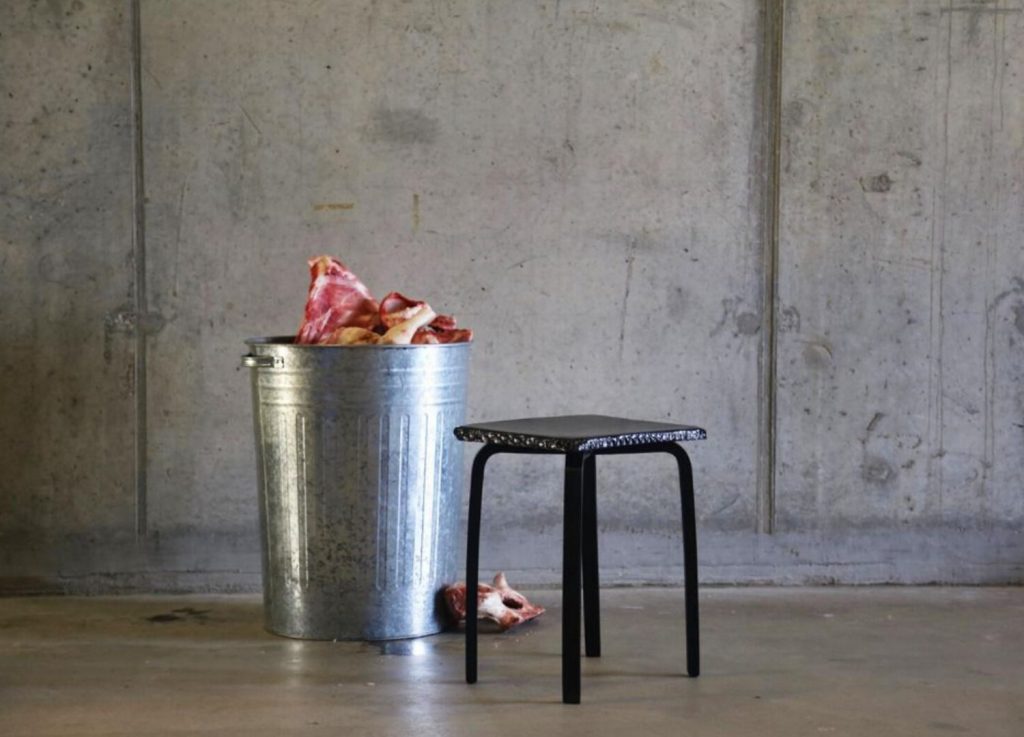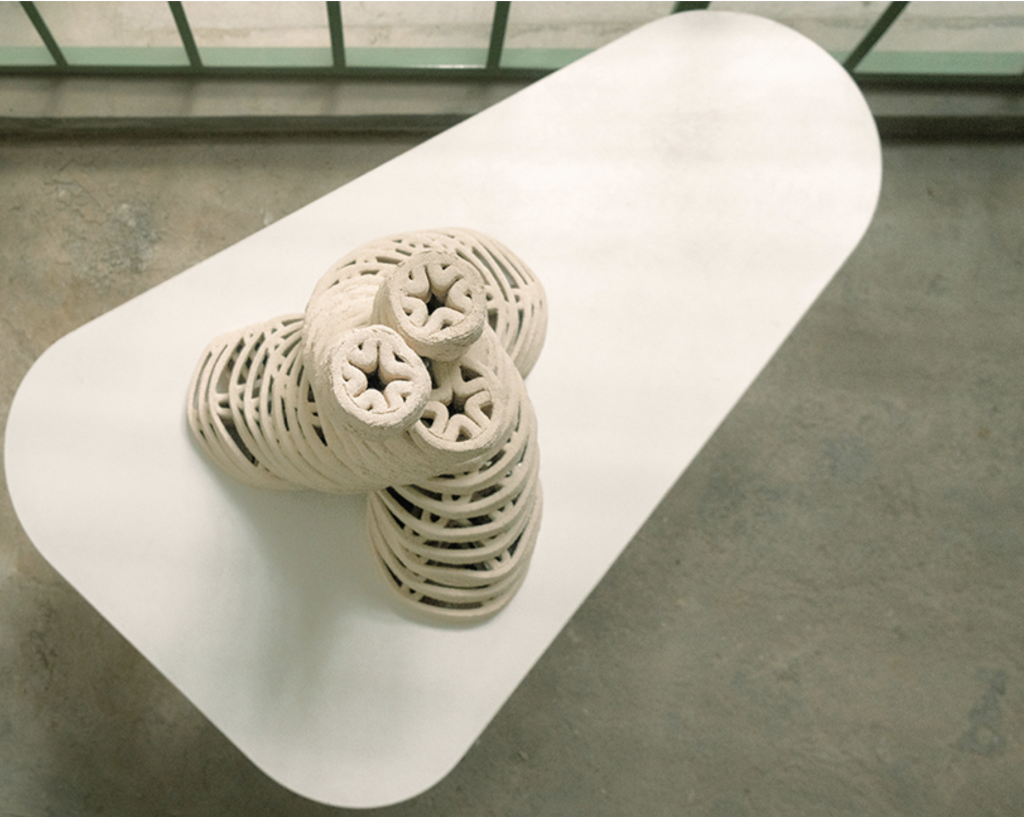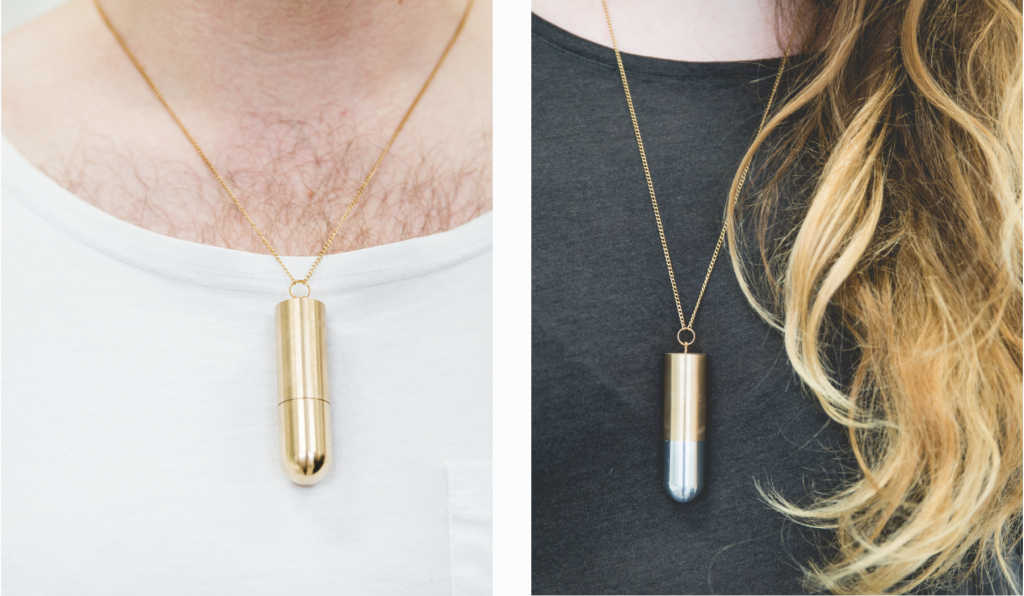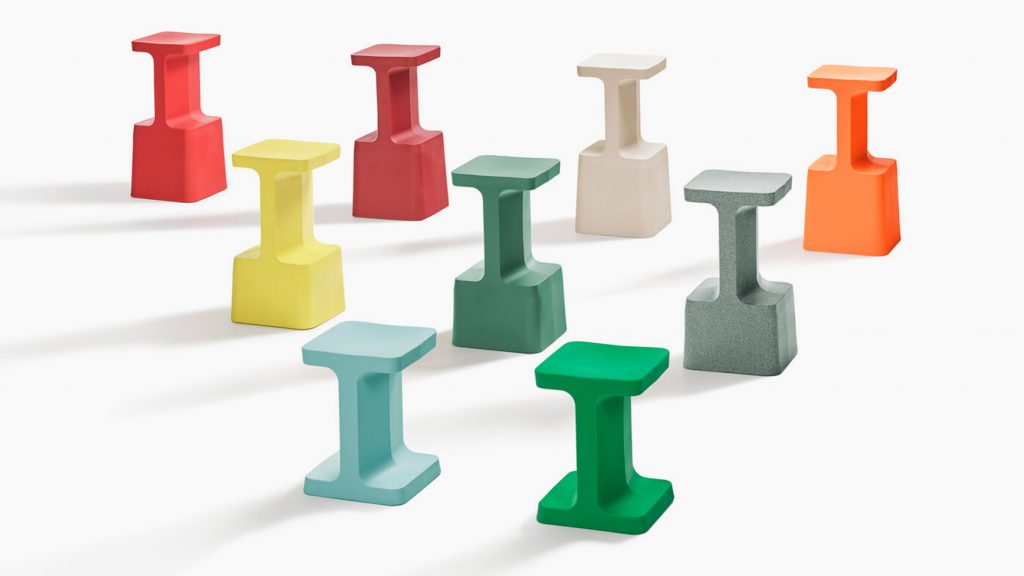The search for green materials has become increasingly urgent, as an estimated 92 million tonnes of textiles end up in landfills annually adding to such global problems as greenhouse gas emissions, climate change and the prevalence of microplastics. Concerned about the future of the planet, researchers and designers are working to deliver more regenerative materials to the fashion market, producing beautiful garments from discarded materials.
Month: November 2023
Human desire to consume meat and animal products runs deep in cultures globally, which is probably why some people who choose to be vegan still miss the experience of eating meat. In the past few years, designers have come up with numerous ideas for innovative alternatives to meat and eggs that not only mimic the taste and structure of the animal products but also seek to reduce food-related emissions as part of the global effort to slow climate change.

Daily we create a lot of food waste that we dispose of in sewers and landfills. Even when this waste is incinerated, it releases dangerous heavy metals into the atmosphere, which are extremely harmful to air quality and human health. However, food waste could be a valuable source, if we handle it in the right way. Some designers are now using food waste to produce sustainable items to demonstrate that there are alternatives to throwing it away.

Humans eat a lot of food that comes from plants and animals, but some parts of these get discarded and thrown away during processing. With human consumption growing with time, this organic waste keeps piling up at landfills adding to the greenhouse gases effect and thus harming the environment. Fortunately, engineers and product designers come up with ideas of utilizing food waste to create innovative and beautiful materials suitable for construction and interior decoration.

The surf community has always been in the first line to protect the oceans. However, ironically, it is their surfboards that have negative impact on the environment. A single polyurethane surfboards emit up to 272 kg of carbon dioxide over its lifecycle, while polystyrene, the main component used in conventional boards, needs over 500 years to decompose. Let’s check some sustainable solutions that are excellent in terms of performance, aesthetics and innovation.

Imagine a necklace that is as functional as it is beautiful. These designers propose jewelry that can empower women, defend them from physical and sexual harassment, or even address the problem of global hunger.

An open-air structure with a central arena and tiers of concentric seats, the amphitheater originated in ancient Italy, where it was used for then popular entertainment forms, forms popular there, including gladiatorial games. Today, it is still used for different forms of immersive performance, with the city becoming an extension of the stage.
20-1024x683.jpg)
Unorthodox materials, new approaches to forms, experimental techniques – these furniture designers reinvent the conventional stool, giving each piece a distinct personality.

